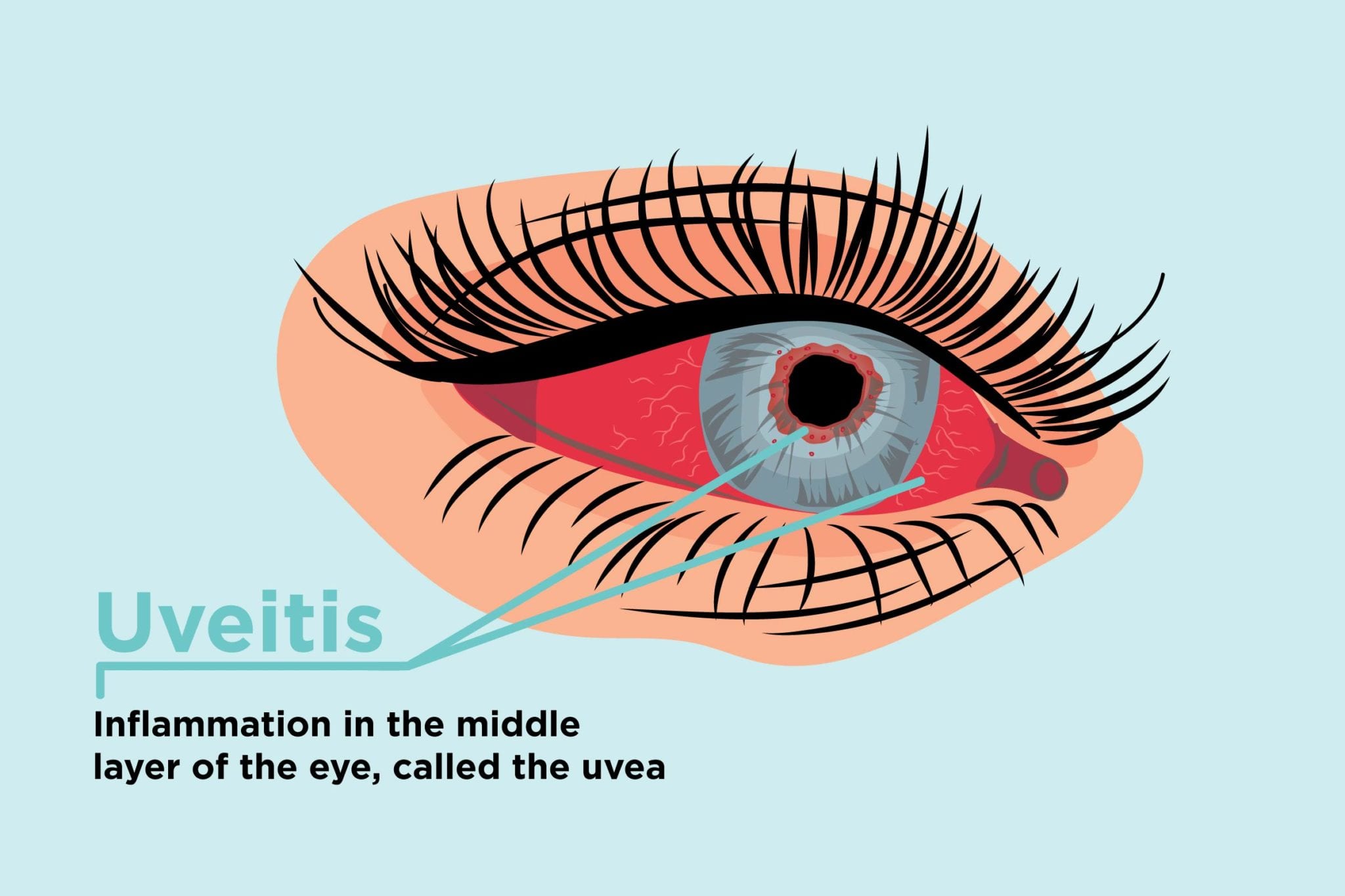-
+917899203980
Phone line
-
rithikassurgicalandeyeclinic@gmail.com
Email address
-
JP Nagar, Bengaluru
Visit us

Uvea & Red Eye Management
The uvea is the middle layer of the eye, and it includes the iris, ciliary body, and choroid. When the uvea becomes inflamed, it is called uveitis. Red eye is a common symptom of uveitis, as well as other eye conditions. At our clinic, we specialize in the management of uvea and red eye conditions.
What Causes It?
An estimated one in three uveitis cases have no known cause. People who smoke are more prone to uveitis. Eye inflammation may also result from:- 1. Eye injury.
- 2. Eye surgery.
- 3. Infections, such as the herpes virus, chicken pox virus, TB, syphilis.
- 4. Inflammatory diseases, such as lupus, IBD and rheumatoid arthritis.
What Is Uveitis?
It's a catch-all term for a group of inflammatory diseases that affect mostly the middle part of your eye, called the uvea. The main symptoms are eye redness and an aching eye pain along with swelling. Uveitis can destroy eye tissue, so it’s important to see your eye doctor at the first sign of a problem.What Does It Feel Like?
Your vision could get blurry. You might have redness and pain. It could come on slowly, or you could just wake up with it one morning. It could be in one or both eyes. It usually affects your uvea, but it can hit any part of your eye, including the cornea (the clear covering in the front of your eye), or the white part, called the sclera.What are the symptoms of uveitis?
Uveitis symptoms may come on gradually or suddenly. You may experience:- 1. Blurred vision.
- 2. Dark, floating shapes in your field of vision
- 3. Eye pain or pressure.
- 4. Light sensitivity.
- 5. Red eyes.
- 6. Vision loss.
If you are experiencing symptoms of uveitis or red eye, don't wait to seek treatment. Contact our clinic today to schedule a consultation with one of our experienced eye care professionals and take the first step towards managing your condition and preserving your vision.
